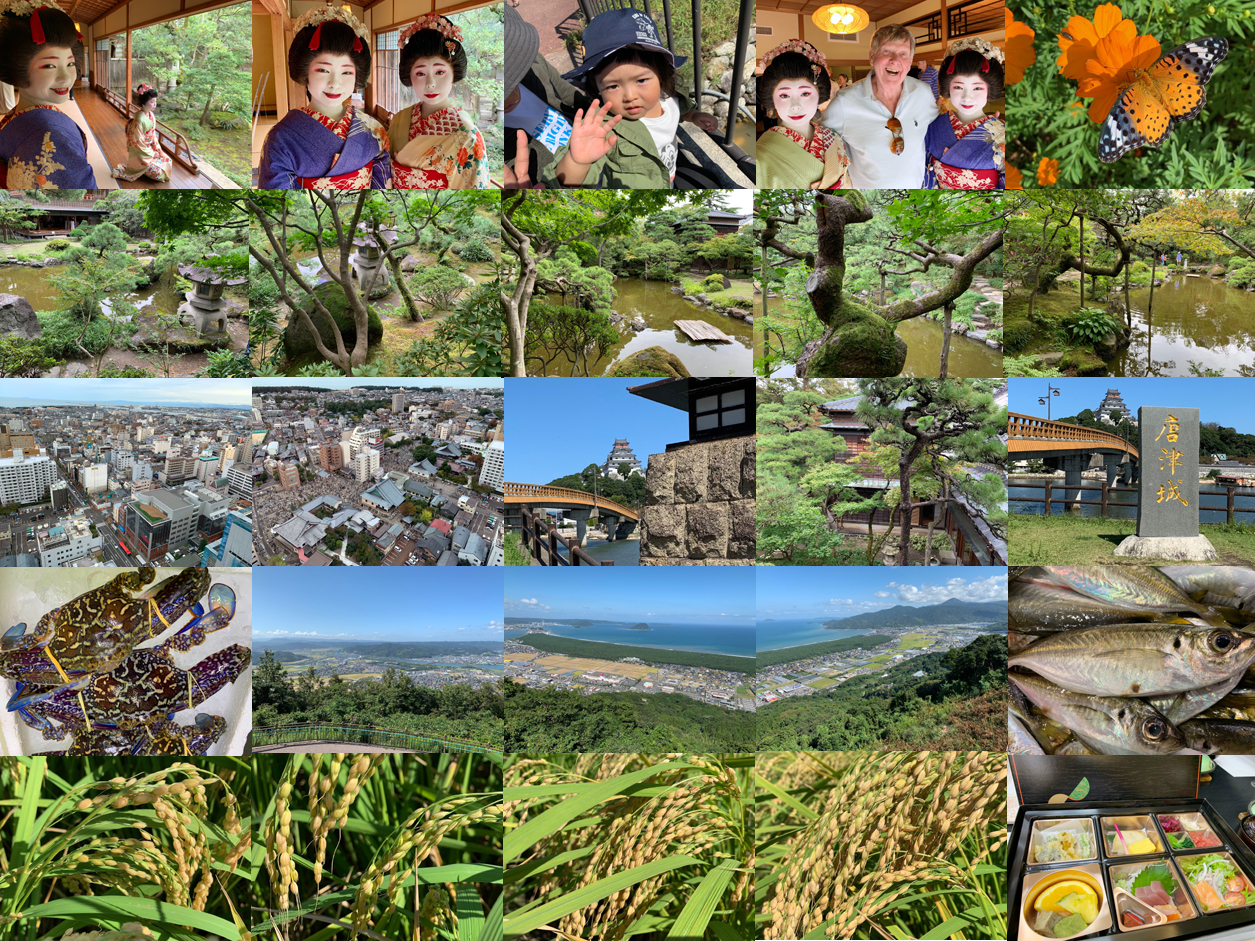

The Niigata Kijuro Saito Villa
The (1918) Saito Villa belonged to one of the wealthiest merchants in Niigata.The circuit-style garden was created by incorporating natural sand dunes to express the beauty of mountains and valleys despite its urban location and features waterfalls streams and ponds that you would otherwise have to travel into nature to see. The villa’s construction was based on the architectural concept of “unity of garden and house.” Two Furumachi Geigi (Geishas) “Geisha” ~ “Geiko” ~ “Geigi” A woman who entertains guests with dance, song, musical recital, poetry reading and conversation at a banquet. (Skilled Entertainment) ~ “Gei Sha” – Person. “Ko” – Young Person. “Gi” Hostess. Courtesy of Dr. John Freedman – from his (live) lectures aboard the SILVER MUSE … “Travel is the passport to peace.” www.ScholarAtSea.com
DAVE BARRY DOES JAPANThe New York Times BestsellerDave Barry? The humorist? The same guy who writes those hilarious columns for the Miami Herald (and a number of other papers)? You’ve got to be kidding! What’s HE got to do with Japan or with Japanese culture? This cannot be serious.Yep, it is the same guy. And no, this is not a “serious” book – actually, far from it. But don’t jump to the wrong conclusions. Dave Barry Does Japan is possibly one of his funniest books, but at the same time it is also his most valuable one from a cross-cultural perspective. Excerpts from it continue to get used in many Japanese culture trainings. It has also been translated into Japanese language, although it remains doubtful whether any of the humor translates well. This book is hard to beat in sheer entertainment value. Barry addresses such important experiences as “Failing to learn Japanese in only five minutes”, “Lost in Tokyo”, and “Climbing Mount Fuji (at least we think that was Mount Fuji)”. He discusses the inability of the Japanese to say “no”, analyzes proper ways to blow your nose, discovers the country’s rich plastic food industry, and describes ineffective ways to use its vast railroad network, riding the famous Shinkansen “bullet train.” All the while, the author does a remarkable job identifying key concepts that Japan’s society revolves around, such as the strong group pressures that conceal people’s individualism, the unwavering commitment to respect and responsibility, people’s extreme attention to detail, and the ambivalence of the society towards foreigners, in particular Americans. On top of that, you can also learn a lot about proper manners and behaviors in Japan. While by no means comprehensive, this book is a good cultural guide. Believe it or not, all of this is based only on Barry’s observations made during a three week vacation he spent in Japan with his family, combined with inputs from local colleagues and a few other sources. Refusing to take anything at face value and determined to explore the country’s culture with great curiosity, the author succeeds in capturing many essentials of Japan’s unique culture. Indeed, his writing provides more profound insight than many hard-to-read and even-harder-tounderstand essays about the country. And it’s very funny, too, at least most of the time. Especially if you’ve been to Japan before and already know a thing or two about its culture, you will enjoy this book. But realize that this is hazardous material: you may end up laughing so hard that it hurts.
|